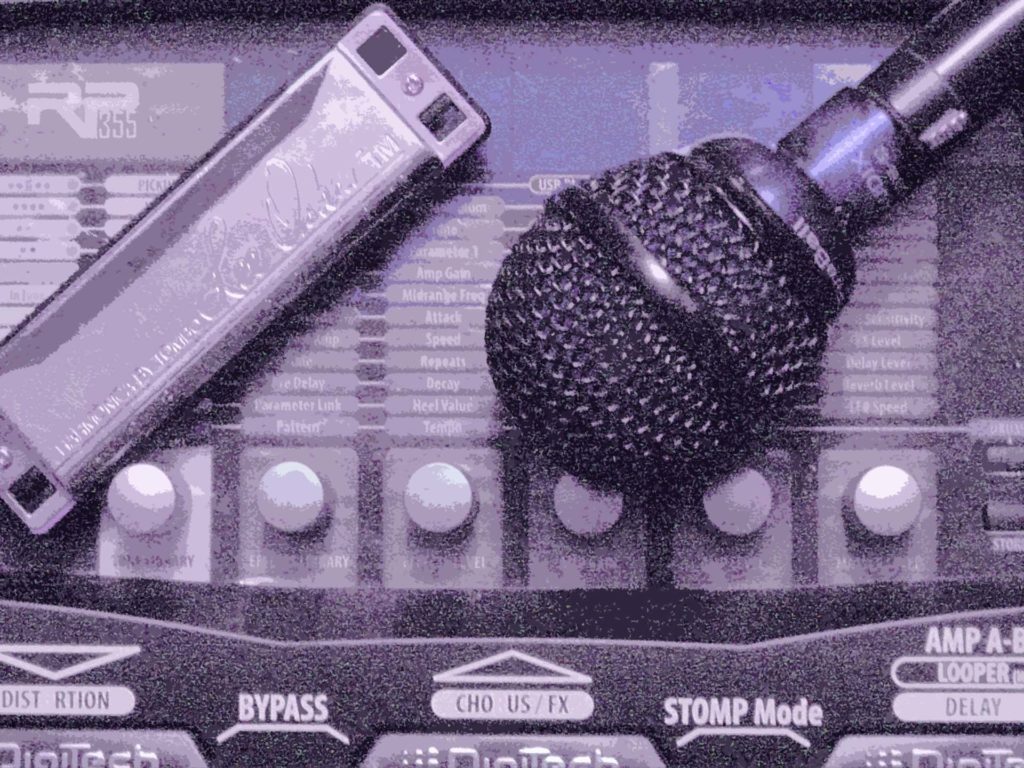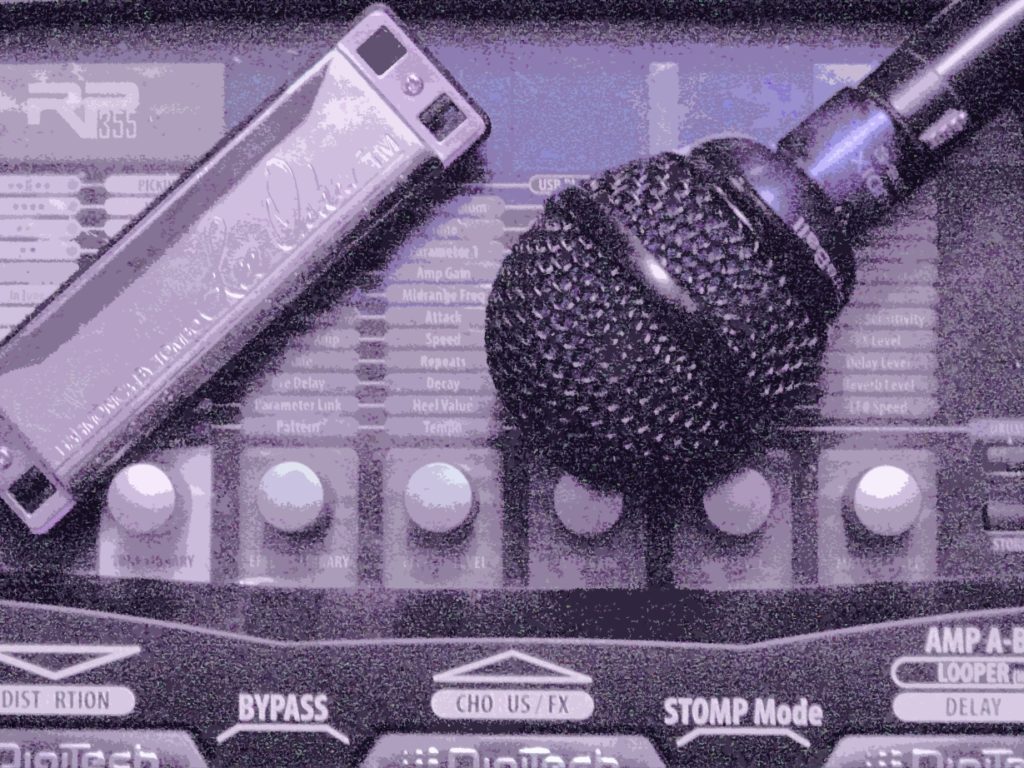RP Tip #7: Stompbox mode is amazing
If you own a Digitech RP355, keep reading, because this is about a feature that doesn’t exist on the RP250/255/350. If you don’t own an RP355, keep reading if you want to see what you’re missing. The RP355 has a “stompbox mode” that you access…
RP Tip #6: Don’t step on the RP (unless you really mean it)
About a week ago, I played a gig that involved six bands, of which I played with two. I used my Fireball mic and an RP355, and I ran the output from the 355 straight to the PA. It worked great–after a song or two…
RP Tip #5: How to connect the RP to everything
Connecting the RP to other gear, like your amp and your mic, is really pretty simple. You don’t need a preamp between the mic and the RP; the RP is a preamp. You don’t need a direct box between your RP and the amp or…
RP Tip #4: Dealing with hardware failures
There are basically only two kinds of moving parts on an RP: the expression pedal, and the up/down footswitches. There are a couple of ways these break down that have easy fixes. The expression pedal can break down when the nuts that hold it in…
RP Tip #3: Sounding like an organ with 1, 2, or 3 RPs
You can get different kinds of organ sounds with one, two, or three RPs. If you have one RP: use one of my patches with a rotating speaker effect, a phase shifter effect, or a univibe effect. Work the pedal to make the rotating speaker…
RP Tip #2: using two RPs
RPs are cheap, really, when you compare the cost of an RP to the cost of a dedicated effects device that only does one thing. There are plenty of guitarists out there who use more than one effects pedal, and there’s no reason why you…
WHAT’S NEW
Categories
- Audio/Video
- Blog
- Blue Future
- Digitech RP Tricks and Tips
- Discography, CDs, Projects, Info, Notes
- Featured Video
- For the Beginner
- Gallery
- Hunter's Effects
- Hunter's Music
- Huntersounds for Fender Mustang
- Meet the Pros
- More Video
- MPH: Maw/Preston/Hunter
- My Three Big Contributions
- Player's Resources
- Pro Tips & Techniques
- Recommended Artists & Recordings
- Recommended Gear
- Recorded Performances
- Reviews, Interviews, Testimonials
- The Lucky One
- Uncategorized
- Upcoming Performances
- Zoom G3 Tips and Tricks


